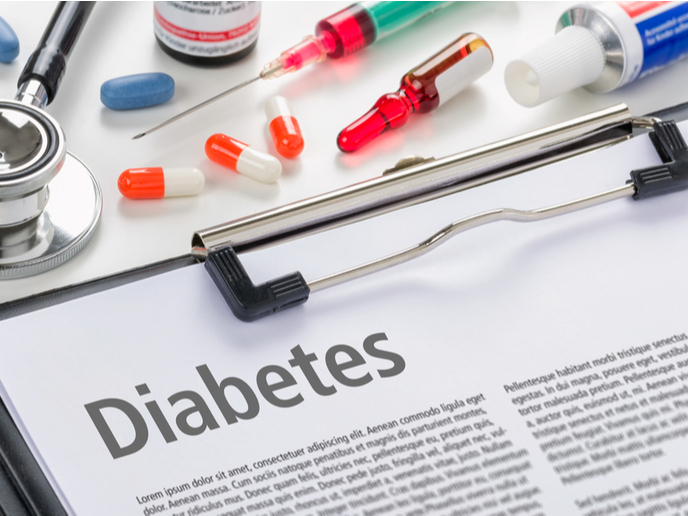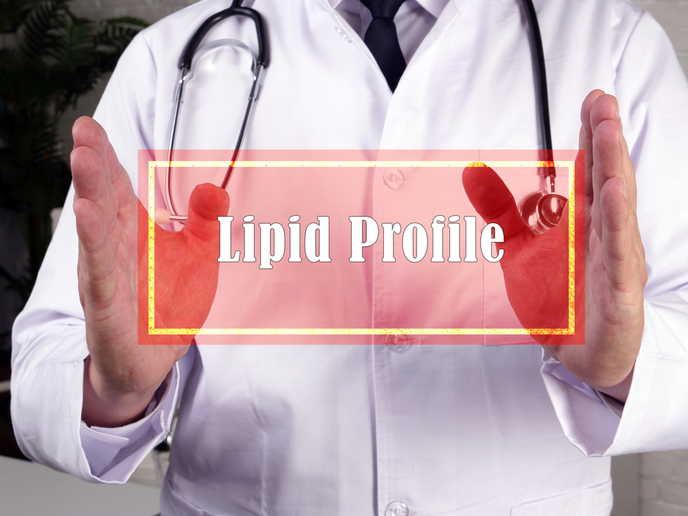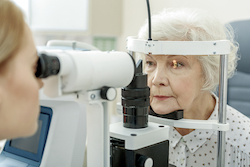Iron and infections linked to atherosclerosis
Chronic inflammation of the lining of blood vessels, or endothelium is a precursor of diseases like atherosclerosis. Researchers from the EC project NUTRIENT IRON TOXICI looked to potential catalytic agents that initiate the cytokine cascade therefore giving rise to the damaging inflammation. Researchers at the medical university of Utrecht investigated whether there may be more than one factor acting as a catalyst for atherosclerosis. Several pathogens, notably Chlamydia pneumoniae (Cp) and cytomegalovirus (CMV) are known to have an inflammatory effect. It is also well known that iron has a role to play in infections and the scientists postulated that this mineral could complicate the endothelial activation. As an indication of endothelial activity, they measured levels of intercellular adhesion molecules present during an immune response. It was discovered that iron additively upregulated the expression of these immune response molecules when Cp or CMV were present. To implicate the role of iron further, it was discovered that the effects of the mineral could be reversed by use of chelators that attach to the iron and effectively inactivate it. These findings could have important implications for those with disorders involving iron metabolism and individuals with a high dietary intake of the mineral, especially in populations positive for Cp or CMV infections.







